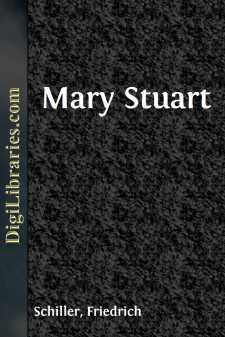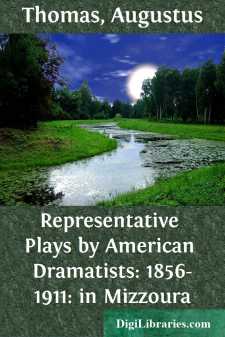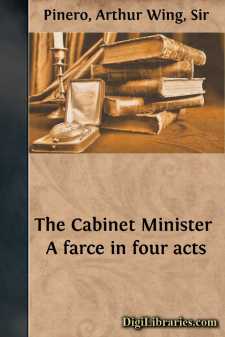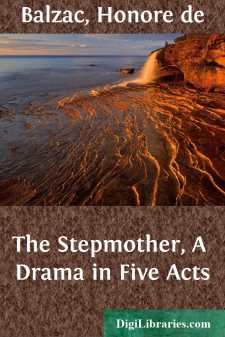Drama Books
Sort by:
WAR BRIDES The war brides were cheered with enthusiasm and the churches were crowded when the wedding parties spoke the ceremony in concert.—PRESS CLIPPING. SCENE: A room in a peasant's cottage in a war-ridden country. A large fireplace at the right. Near it a high-backed settle. On the left a heavy oak table and benches. Woven mats on the floor. A door at left leads into a bedroom. In the...
more...
ACT I [MADHAV'S House] MADHAV. What a state I am in! Before he came, nothing mattered; I felt so free. But now that he has come, goodness knows from where, my heart is filled with his dear self, and my home will be no home to me when he leaves. Doctor, do you think he— PHYSICIAN. If there's life in his fate, then he will live long.But what the medical scriptures say, it seems— MADHAV....
more...
by:
Bernard Shaw
The twelfth of May, 1796, in north Italy, at Tavazzano, on the road from Lodi to Milan. The afternoon sun is blazing serenely over the plains of Lombardy, treating the Alps with respect and the anthills with indulgence, not incommoded by the basking of the swine and oxen in the villages nor hurt by its cool reception in the churches, but fiercely disdainful of two hordes of mischievous insects which...
more...
by:
Hermann Hagedorn
SCENE I A room in the Ministry of War in the capital of Iberia. Evening. The minister of war, a tall, stern, bearded man with deep-set eyes and many furrows, is sitting at a large, mahogany desk-table, Left. The chief of staff, silent, motionless and watchful, stands beside him with his hands resting on the table-top. He is thin, old and emaciated, clean-shaven, firm-lipped, and looks startlingly like...
more...
SCENE I. A common apartment in the Castle of Fotheringay. HANNAH KENNEDY, contending violently with PAULET, who is aboutto break open a closet; DRURY with an iron crown. KENNEDY.How now, sir? what fresh outrage have we here?Back from that cabinet! PAULET.Whence came the jewel?I know 'twas from an upper chamber thrown;And you would bribe the gardener with your trinkets.A curse on woman's...
more...
by:
Augustus Thomas
AUGUSTUS THOMAS (Born, St. Louis, Mo., January 8, 1859) It is not a new thing for a dramatic author to write prefaces to his plays. We are fortunate in possessing a series of personal opinions in this form that constitute a valuable asset in determining individual attitude and technical purpose. Read Schiller's opening remarks to "The Robbers," Victor Hugo's famous opinions affixed to...
more...
MAJOR ROBERT ROGERS (1727-1795) Robert Rogers, a soldier of fortune, is the Davy Crockett of Colonial times. Born at Dumbarton, New Hampshire, on November 17th (some authorities say 1730, another 1731, while the Dictionary of National Biography says 1727), he was the son of James Rogers, a farmer living in a frontier cabin at Methuen, in upper Massachusetts. Robert's boyhood was spent in an...
more...
THE FIRST ACT. Debt The scene is a conservatory built and decorated in Moorish style, in the house of the Rt. Hon. Sir Julian Twombley, M.P., Chesterfield Gardens, London. A fountain is playing, and tall palms lend their simple elegance to the elaborate Algerian magnificence of the place. The drawing-rooms are just beyond the curtained entrances. It is a May afternoon. Brooke Twombley, a good-looking...
more...
CHRISTOPHER MARLOWE The first great English poet was the father of English tragedy and the creator of English blank verse. Chaucer and Spenser were great writers and great men: they shared between them every gift which goes to the making of a poet except the one which alone can make a poet, in the proper sense of the word, great. Neither pathos nor humor nor fancy nor invention will suffice for that:...
more...
by:
Honore de Balzac
ACT I SCENE FIRST (A richly decorated drawing-room; on the walls are portraits of Napoleon I. and his son. The entry is by a large double glass door, which opens on a roofed veranda and leads by a short stairway to a park. The door of Pauline's apartments are on the right; those of the General and his wife are on the left. On the left side of the central doorway is a table, and on the right is a...
more...











